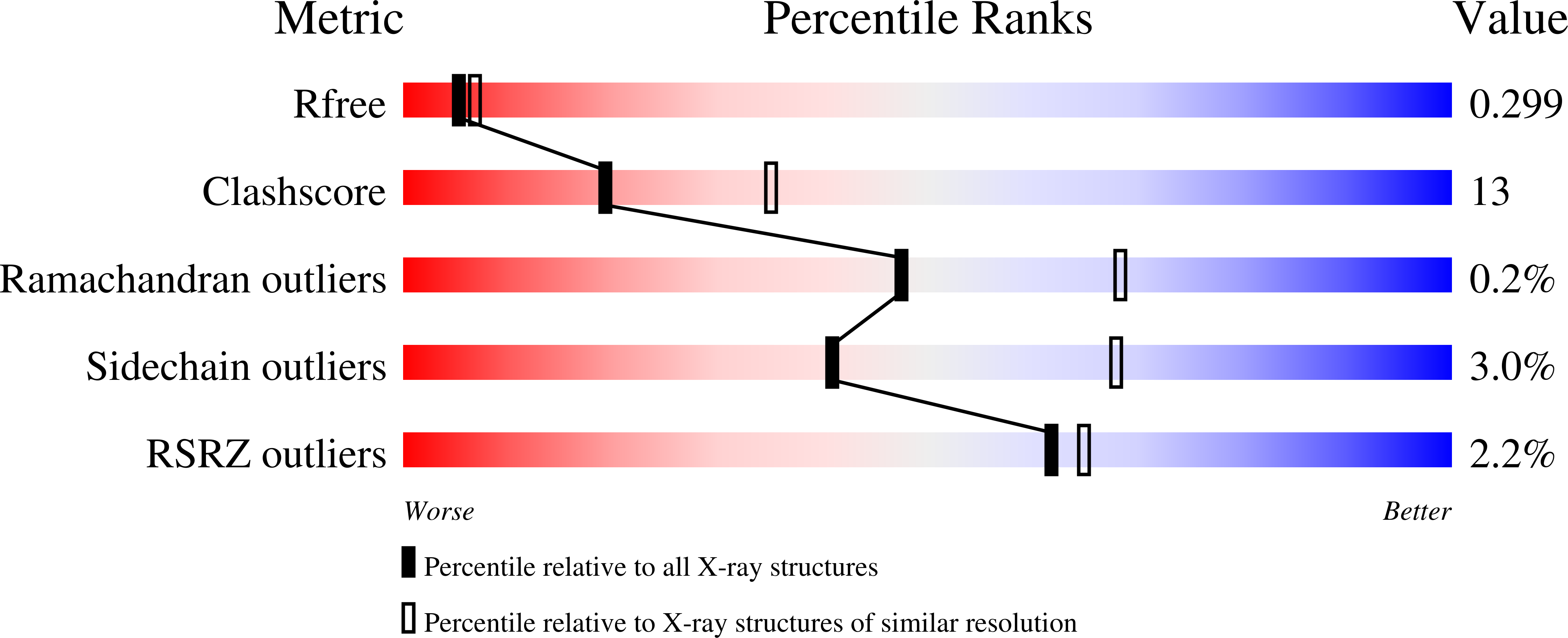
Deposition Date
2006-11-22
Release Date
2007-12-25
Last Version Date
2024-10-16
Entry Detail
PDB ID:
2NZ1
Keywords:
Title:
Viral Chemokine Binding Protein M3 From Murine Gammaherpesvirus68 In Complex With The CC-Chemokine CCL2/MCP-1
Biological Source:
Source Organism:
Murid herpesvirus 4 (Taxon ID: 33708)
Homo sapiens (Taxon ID: 9606)
Homo sapiens (Taxon ID: 9606)
Host Organism:
Method Details:
Experimental Method:
Resolution:
2.50 Å
R-Value Free:
0.3
R-Value Work:
0.23
R-Value Observed:
0.23
Space Group:
P 31 2 1


